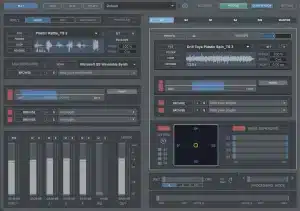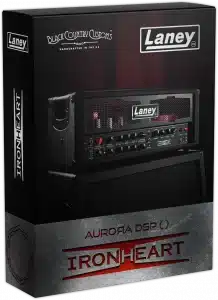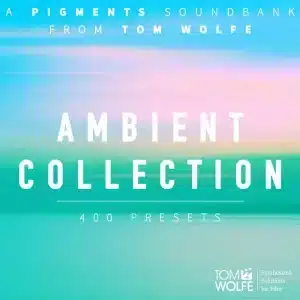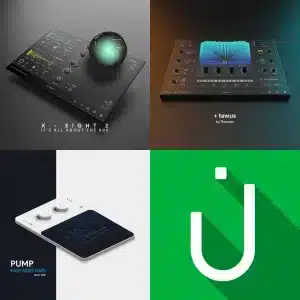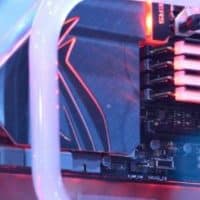Ten Essential Key Commands For Any DAW You Need To Learn NOW! 1. Save Almost every DAW around has a built in auto save feature, though before you can take advantage of it you may have to set it up as it may not be enabled by default. So, little…

Quickstart Guide To Learning Any DAW Fast!
When it comes to learning DAWs there are a couple of very humorous things I often hear from producers and composers that leave me a little puzzled. The first claim is that they have invested so much time into learning their DAW of choice that they could never lear another one. The second, is that the best DAW is the one you know. In this article I am going to debunk the previous two ideas and offer a quick and easy method that anybody can use to learn a new DAW.
MYTH #1: IT TAKES TOO LONG TO LEARN A SECOND DAW
Truth: In my experience, the biggest challenge when learning a DAW occurs during your first introduction to DAWs. Think about it for a second, when you first get into computer based music production, there are a LOT of new concepts to assimilate. Tracks, regions, midi, quantization, inserts, busses, the list goes on. So, if you have successfully learned a DAW to the point where you are able to record, edit and mix then you can definitely learn a second, third or fourth and it will take you even less time than it took you to learn your first! I’ll show you how in a minute, but first let’s look at the second misconception…
MYTH #2: THE BEST DAW IS THE ONE YOU KNOW
Truth: I want to start out by saying that I acknowledge that in the right hands any DAW is capable of producing radio, tv or theater ready tracks regardless of the genre. But there are times when a particular program is better suited to a particular task than another. Let me give you a simple analogy: Think of your kitchen, would you use a meat cleaver to chop a carrot? Would you use a butter knife to carve a turkey? While you would eventually reach the end result in either situation with the tool in question, the experience would be a lot more enjoyable with the specialized tool. I believe the same is true in audio.
In my work I regularly jump between a few programs. I record orchestra and sample libraries in Pro Tools (because that is what most major studios have). I compose and mix in Cubase or Logic (those are personal preferences and depend on what machine I am using at the time). I do sound design in all of the above programs but I do sample editing almost exclusively in Reaper. Sure, I CAN do all of my work in any one of those programs if I had to and there have been times where I have used one DAW exclusively. But in getting to know the strengths and weaknesses of many programs I have come to embrace the multi-DAW workflow. Now I’ll quickly guide you through a simple process you can use to learn any DAW fast and improve your workflow.
1. TOOLS
The first matter of business is to familiarise yourself with the various tools. Where is the tool palette located? Once you have figured out what the basic tools do, move on to learning the keyboard modifiers and commit the key commands for choosing them to memory.
2. ZOOM
Just about every program has a zoom tool, but this is one set of keyboard shortcuts I recommend memorizing from day one. At the very least learn how to zoom in horizontally and vertically, after that move on to zooming to a track and zooming to see the whole project.
3. TRANSPORT
Here the thing to focus on is how to record, stop and play. You should also figure out how to set up loop playback mode.
4. RECORD
Figure out how to arm and disable tracks for recording. Take it a step further by looking up how to configure groups for recording multiple tracks simultaneously.
5. METRONOME
At the very least, know how to enable/disable the metronome and set the tempo to a static tempo. If you have the time you may want to look into customizing the sound of the metronome as many preset metronome sounds are very annoying and depending on the work you do, creating tempo maps.
6. LOCATORS
Setting the locators around a region for loop playback is a very common operation so this should be among one of the first things you look for when learning a new program. It is also useful to know how to set and jump directly to the left locator for easy navigation.
7. PROJECT SETTINGS
This is usually the place where you will have the ability to set up vital parameters like sample rate, bit rate and audio buffer among other things, so familiarize yourself with this menu as soon as possible.
8. QUANTIZING MIDI
If producing with virtual instruments is your thing then you need to make friends with your midi editor. Here the keys to focus on are choosing quantize values and applying quantization. If you want to dig a little deeper, see if your new program has any features for “soft quantization” (Quantizing by less than 100%).
9. LEARN THE BASIC KEY COMMANDS
I have already recommended a few key commands to learn on day one, but I’ve written a whole article about essential key commands to learn in any program here. But a quick and dirty list of key shortcuts to learn immediately include: record, play, stop, solo, mute, set/disable cycle mode and save.
10. CREATE BUSSES AND SENDS
Some programs have some rather unintuitive or very specific ways of creating and assigning busses. If you plan on doing any mixing, you won’t get far without being able to create busses and sends so don’t overlook this.
Whether you are transitioning to a new DAW permanently or just need to expand your horizons for a particular project I think you’ll find this list useful. While there is certainly more to DAW mastery than what is included on this list, if you follow the steps above you’ll be well on your way to being able to create music from day one and develop a solid foundation to build on.
Good Luck!

